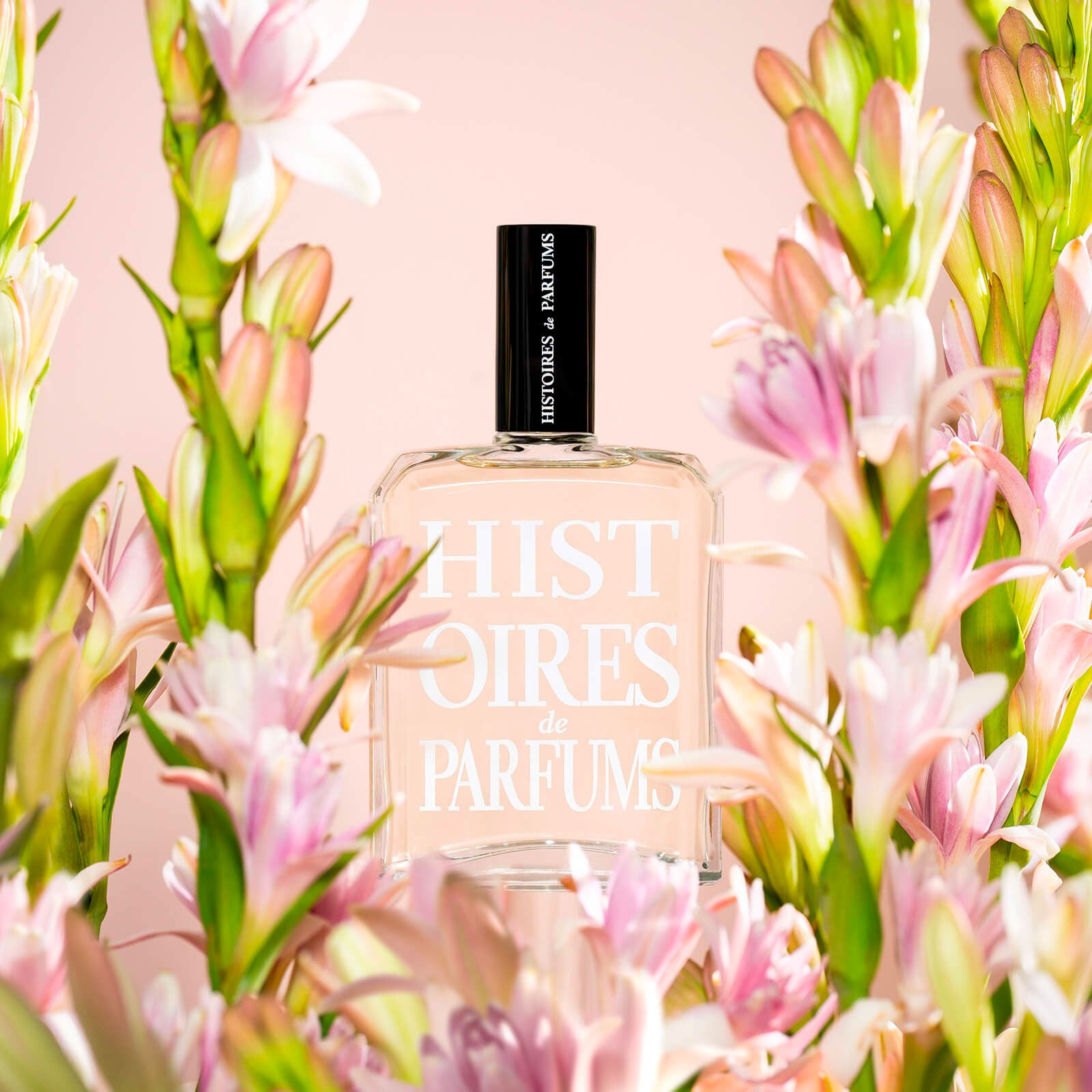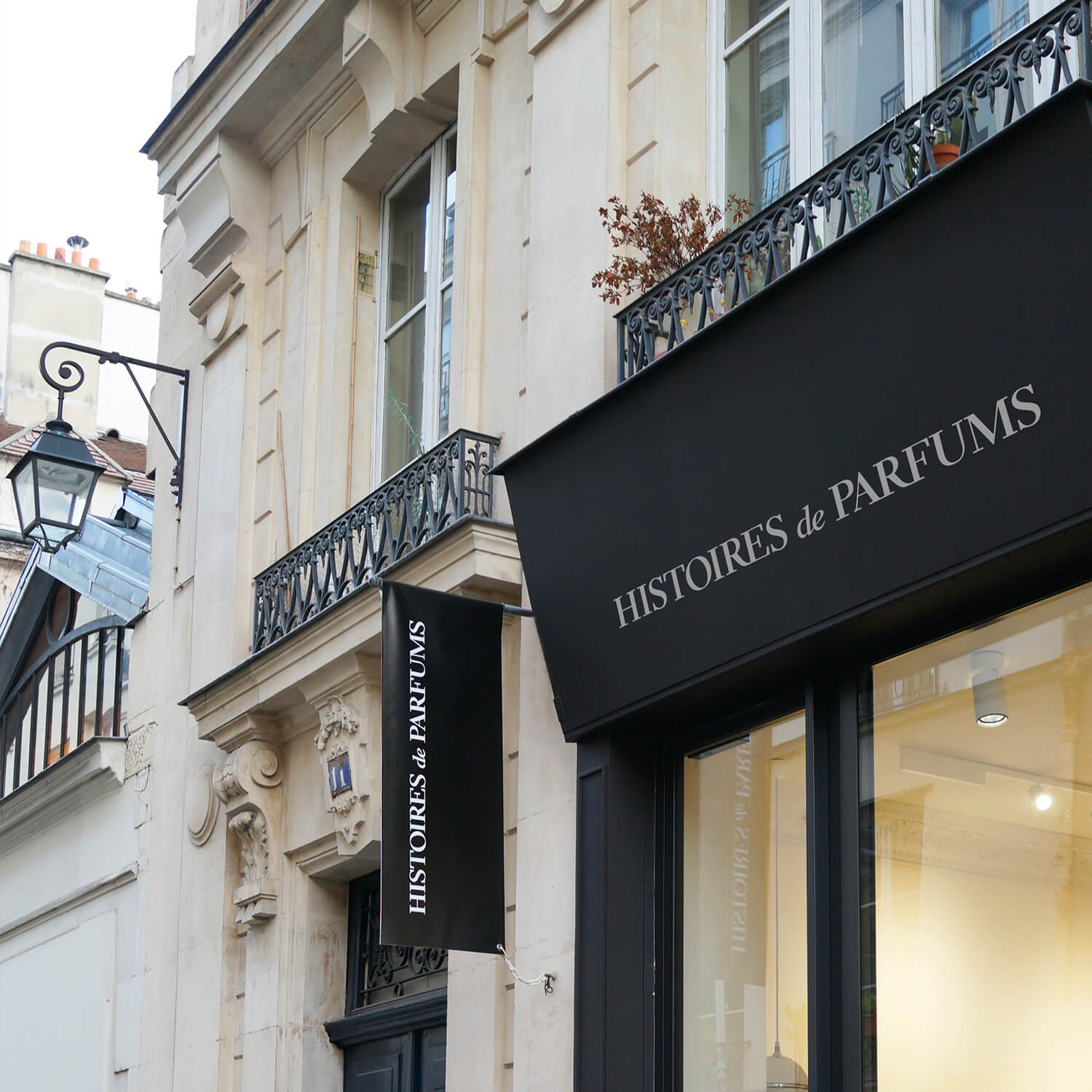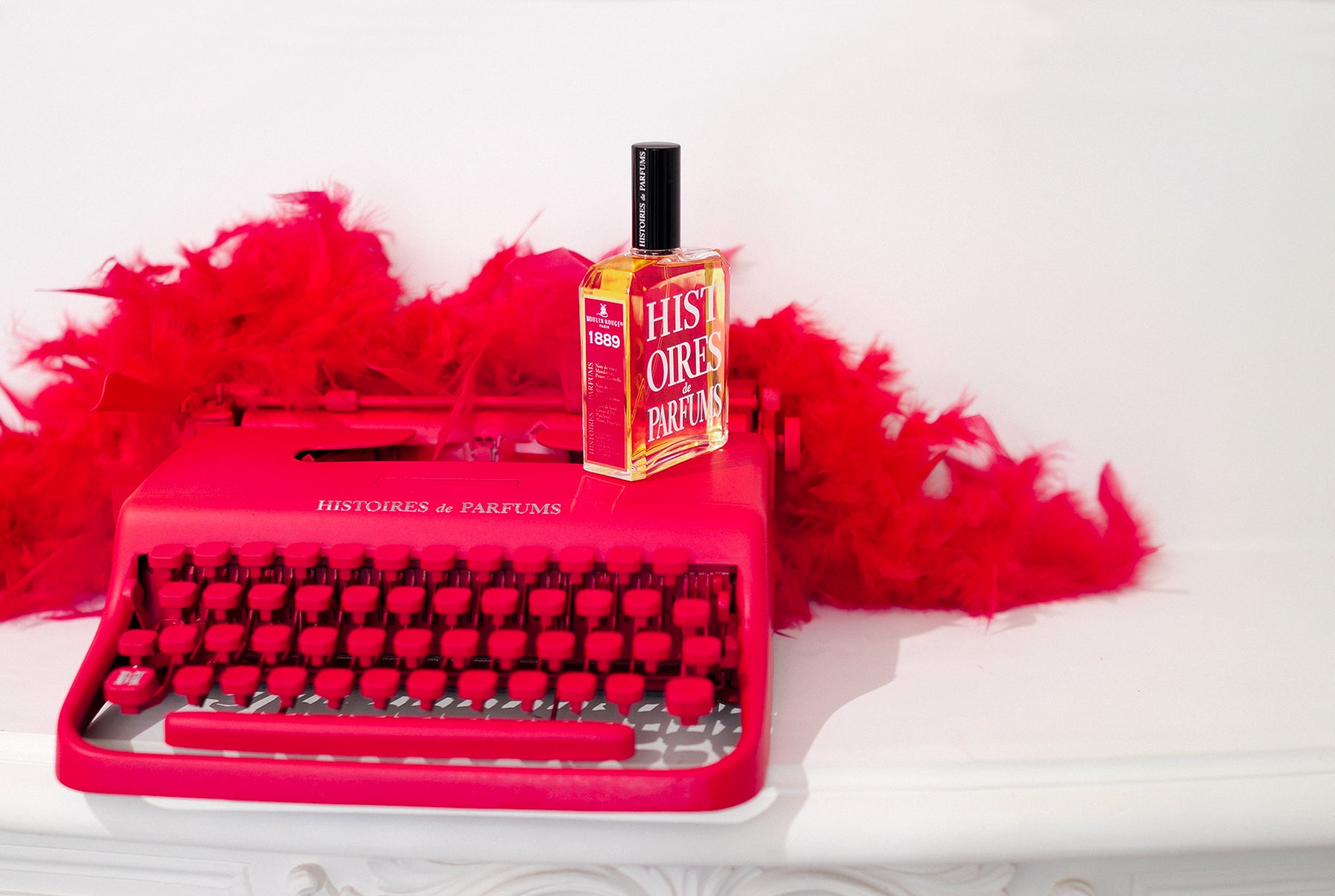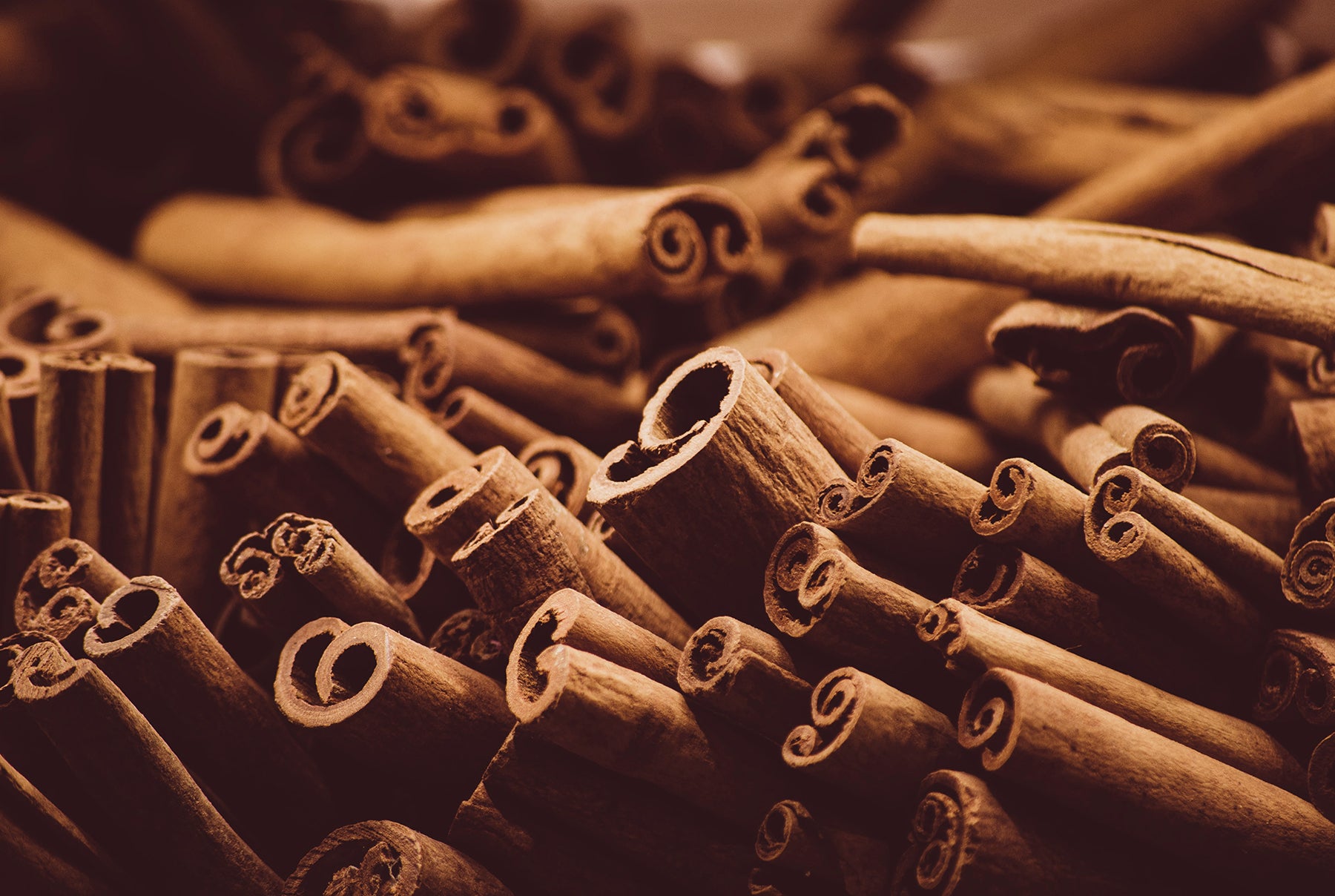
A Brief History of Jasmine
With nearly 200 different varieties and up to 259 molecules that make up its fragrance, Jasmine is a prolific and prolific flower to say the least. The Queen of the Night is an undeniable white flower, with a honeyed, fruity and lively fragrance, which is at the heart of the white flower bouquets that have made perfumery great. And this is not a recent affair, because the jasmine is undoubtedly the first plant to have been cultivated for its perfume alone.
Originally from the slopes of the Himalayas or Persia - no one is sure yet - the plant is mentioned by the Egyptians from the beginning of the 1st millennium BC. It was used to perfume bath water and statues of the gods. At that time, it was already used in China to perfume black tea, a speciality reserved for the emperors.
In India, it is known from the Vedic era, but its cultivation developed around the city of Madurai from the 5th century BC. No doubt because of its fragrance, jasmine became associated with Kâma, the Hindu equivalent of our Eros. Legend has it that the tips of his arrows are made up of five fragrant flowers, with jasmine symbolising languorous love. Its colour is not to be outdone. Praised by Sanskrit poets, it is a synonym for perfect whiteness, to the point that it is referred to as "white as jasmine".
At the beginning of the Christian era, jasmine became a prized perfume for Chinese nobles during the Tang dynasty. Little by little, it was to take pride of place in Baghdad's perfumes, so much so that it is found on numerous occasions in the incense and attar formulas compiled by Al Kindi. It was at this time, around the first millennium, that it took on the name we know, from the Persian Yasameen. Until then, the Indians gave it several names depending on the variety: Malliki, Mogra, Jai, Tagar, Moti, Kund, Chameli, Juhi.
In Europe, it is more commonly associated with the Virgin Mary, because it grows in May, the month dedicated to her. It is therefore frequently found in many Christian scenes of the Renaissance, woven into wreaths or gathered in bouquets in the hands of Christ or his Mother. Although it was cultivated in Andalusia as early as the 12th century, it was not until the 16th century that it really found its place in Western culture. In 1548, it was reported to be intensively cultivated in the gardens of London. Finally, in the 17th century, the master glove makers of Grasse used it to perfume their gloves, an innovation that transformed the city of tanners into the world capital of perfume.
If its perfume is eminently floral, it is also particularly delicate to extract. As the flower is fragile, it must be harvested at dawn and distilled as quickly as possible. Depending on whether it is harvested early or late in the day, or even the season, its aromatic profile will change, more green and floral in the morning and more animal and fruity in the evening.
Jasmine owes its intoxicating fragrance to a cocktail of molecules, two of which are indole and methyl dihydrojasmonate.
The first, indole, gives it its resolutely animal, sensual and even disturbing character, as indole is found in human faeces. Alone and pure, its odour is more like mothballs, which explains the heady, faded mothball smell of jasmine necklaces in India.
This strange aromatic compound explains the attraction many people have for jasmine because, in addition to being produced by our own bacterial flora - which explains why we can smell it in small doses during heated lovemaking - indole is a derivative of tryptophan, the amino acid that is the precursor of serotonin: the happiness molecule.
Which brings us to methyl dihydrojasmonate. This molecule, isolated by Doctor Démole, is the one that gives jasmine its vaporous freshness, its almost fatty sparkle, lightening the heaviness of its odorous compounds, whose facets are all thicker, denser and headier than the others - the keystone of the olfactory masterpiece of nature that was jasmine.
It was patented in 1962 under the trade name Hedione, derived from the Greek hedone, meaning pleasure, a name that was made all the more appropriate by recent studies proving that Hedione activates a specific area of the female hypothalamus linked to pleasure and sexual behaviour, a discovery that may explain why Ayurvedic medicine considered jasmine to be a fragrance capable of pacifying the three doshas.
Flower of the Virgin and flower of Pleasure, both innocent and treacherous, whose immaculate whiteness hides a truly lustful perfume, Jasmine has not finished revealing its secrets - and it is because of this dichotomy, which it proudly assumes and claims with heady, animal, fruity, green, exotic, narcotic, mystical and indolent emanations, that we have chosen it to be the keystone of our next Opus.
You will smell it, our next History will not be so far away... from that of Jasmine.





Leave a comment
This site is protected by hCaptcha and the hCaptcha Privacy Policy and Terms of Service apply.